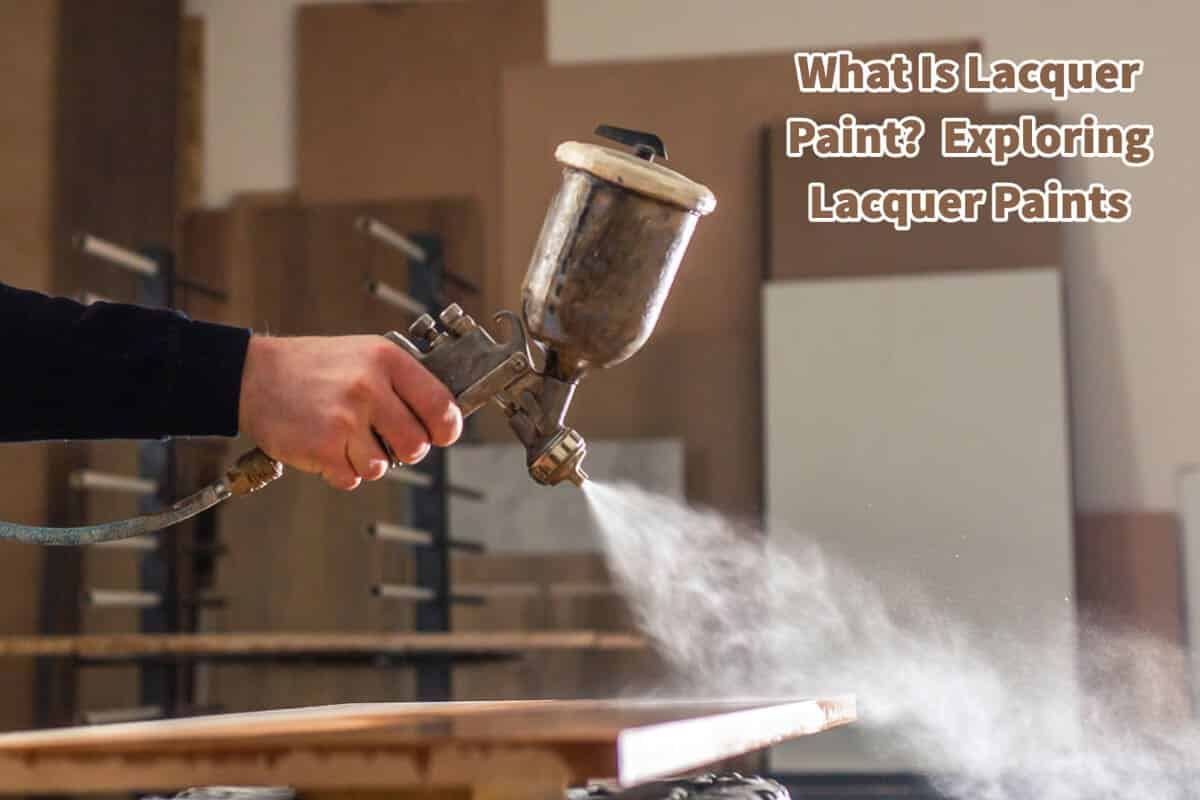Lacquer paint is a distinctive type of coating well-known for its ability to create a complex, glossy finish upon drying.
Lacquer paints widespread popularity is primarily due to their strong durability, moisture resistance, and compatibility with an array of surface materials, including wood and metal. One of the striking characteristics of lacquer is its comparatively thinner composition relative to conventional paint, which allows it to seep deeper into the material it coats. This results in a sturdy seal that protects the surface from damage and deterioration.
Table of Contents
- The Distinctive Characteristics Of Lacquer Paint And Its Benefits
- Advantages Of Lacquer Over Paint
- Understanding Lacquer Paint And Its Application
- Making A Choice: Lacquer Vs. Paint
- The Art And Excellence Of Vietnamese Lacquer
- Related Content
The Distinctive Characteristics Of Lacquer Paint And Its Benefits
Lacquer paint is a specialty coating distinguished by its capacity to form a challenging and shiny surface once dried. It is a popular finish for its durability, moisture resistance, and adaptability to various surface materials, including wood and metal.
Lacquer’s unique quality lies in its much thinner formulation than regular paint, facilitating deeper penetration into the material it is applied to and creating a robust seal that effectively shields the surface from wear and tear.
The Texture And Application Of Lacquer
Lacquer, known for its thin texture, is generally applied using a sprayer, differentiating it from paint that is typically rolled or brushed on. The variety of sheens in lacquer paint ranges from matte to high gloss, making it a versatile choice for many projects.
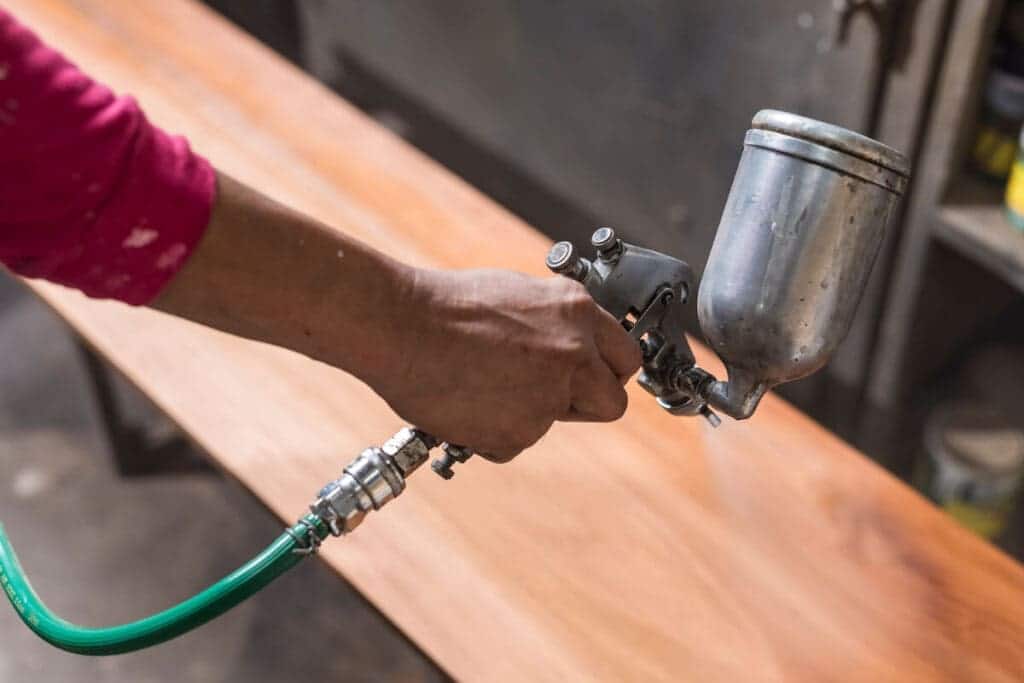
Lacquer’s resilience allows it to withstand time and heavy use; however, occasional polishing may be necessary to maintain its shiny appeal.
Exploring Water-Based Lacquer
The water-based variety is an increasingly popular type of lacquer, particularly in kitchen cabinetry refurbishments and other lacquer products. Water-based lacquer paint presents an environmentally friendly alternative as it forgoes the hazardous chemicals commonly found in other lacquers.
Despite its eco-friendliness, it does not compromise on durability or scratch resistance, thereby retaining its practical usefulness.
Advantages Of Lacquer Over Paint
While paint and lacquer are surface finishings, their respective characteristics may make one more suitable for a specific task. The following outlines the benefits of choosing lacquer over enamel paint, particularly when refinishing your kitchen or bathroom cabinets.
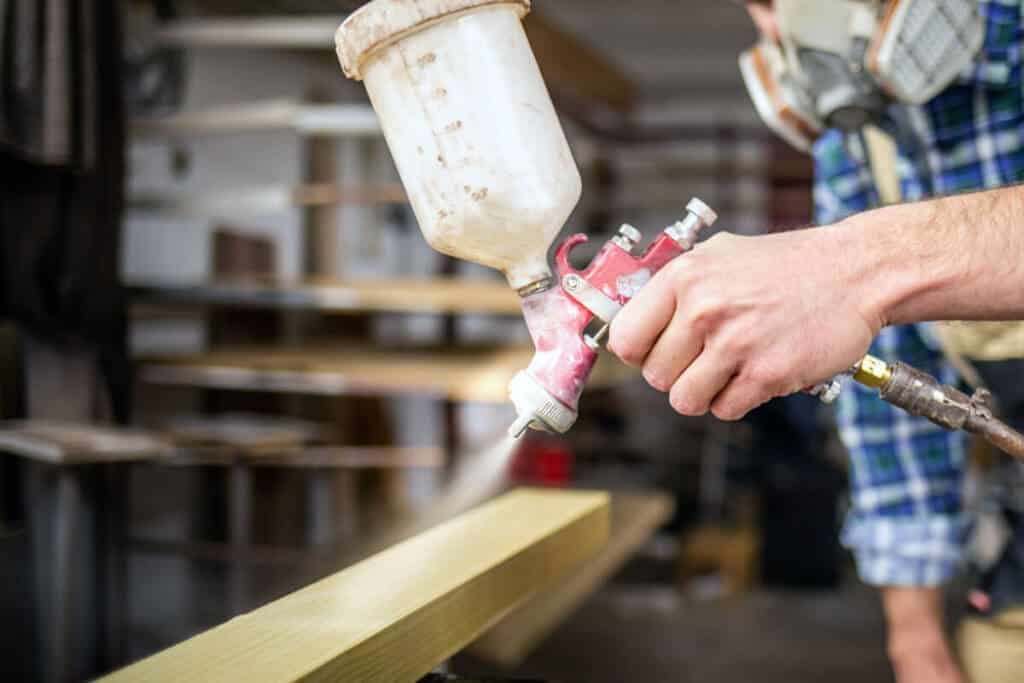
Superior Durability
Lacquer paint is renowned for its toughness and durability. It resists chipping and flaking, maintaining its lustrous clarity for an extended period. Available in non-yellowing varieties, lacquer ensures that your furniture remains aesthetically pleasing for years.
Furthermore, its thin formulation allows it to permeate deeper into materials, providing an enduring seal that protects from the inside out. Lacquer’s drying time is relatively short, with it being dry to the touch within an hour and ready for a new coat within a few hours.
High-Gloss Finish
Although both enamel and lacquer can achieve a glossy finish, lacquer paint produces a thicker, smoother coat. Achieving the desired lacquer finish may require several coats, but once completed, it imparts a smooth and seamless appearance to home decor accessories—furniture and kitchen cabinets.
Unlike other paints, each new layer of lacquer reactivates the ones beneath, allowing for a smooth, level finish even with multiple coats.
Investment Efficiency
While lacquer paint can be more costly than regular paint, its long-lasting durability makes it a worthwhile investment. Because of the need for adequate ventilation during application and the potential health risks associated with lacquer’s chemical composition, it is recommended to hire a professional to apply it.
This upfront investment can pay off in the long run as the lacquer finish can outlast most paint jobs, preserving the beauty and integrity of your cabinets for many years.
In Mondoro, we also utilize Lacquer using various techniques
for other home decor items.
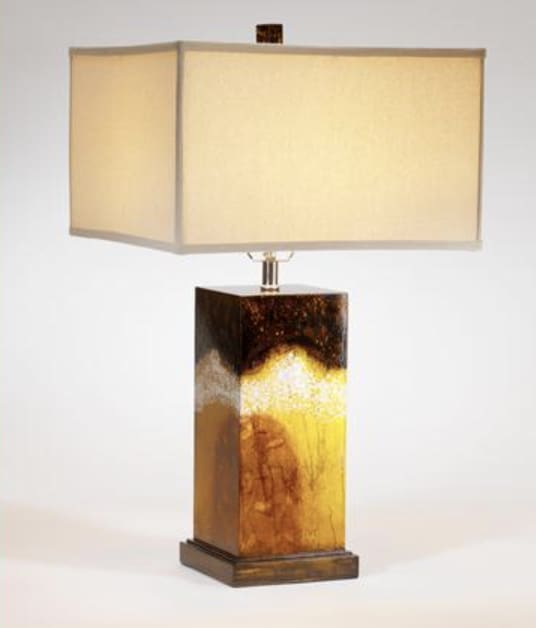
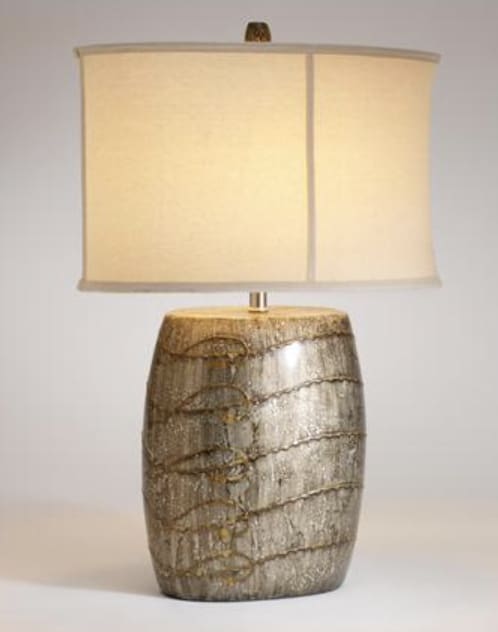
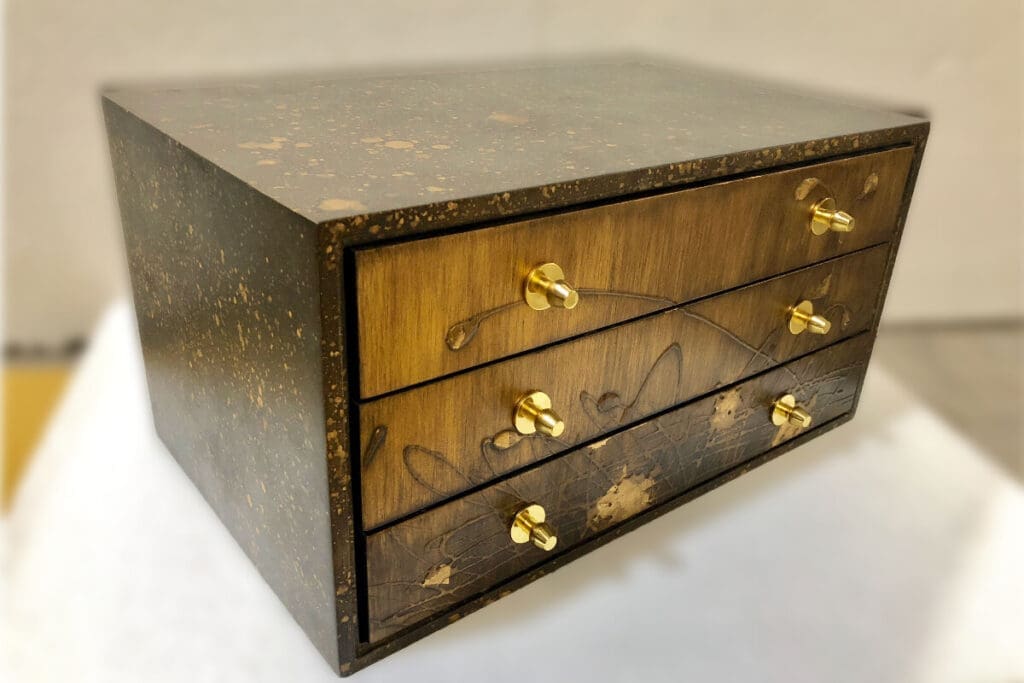
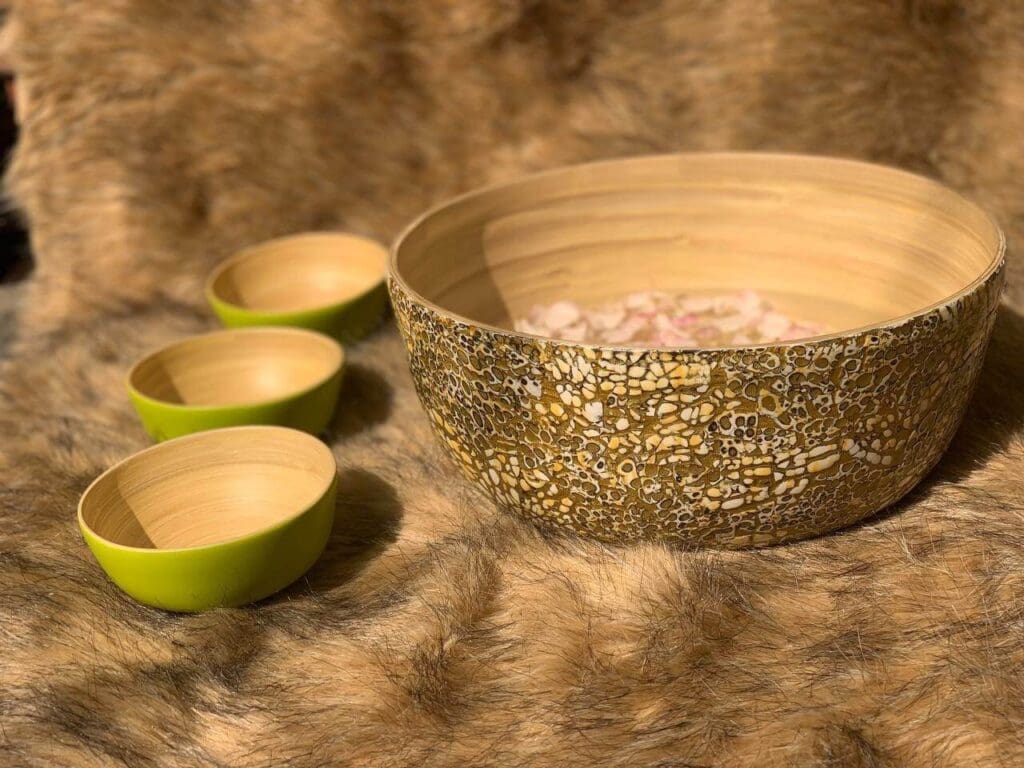
Understanding Lacquer Paint And Its Application
Applying lacquer paint requires a certain skill level due to its fast drying time and thin consistency. These attributes mean the applicator must work quickly and evenly to achieve a uniform finish. Therefore, it is often best left to professionals.
The need for ample ventilation during application is vital due to the lacquer’s high solvent content. Protective gear, including masks, goggles, and gloves, should be worn to protect against solid fumes and potential skin irritations.
Comparing Lacquer And Enamel Paint
While both lacquer and enamel paint can offer a durable finish, they are fundamentally different. The solvent used in lacquer paint is lacquer thinner, while enamel paint uses water or mineral spirits. These base differences influence their drying times, final finishes, and durability.
Due to the solvents used, Lacquer paints dry quickly, often in under an hour. This characteristic can challenge inexperienced users who must apply layers rapidly and evenly. Conversely, enamel paints can dry thoroughly for several hours or even days, providing a slower, more forgiving application process.
In terms of finish, lacquer paints generally provide a high-gloss, sleek finish. Enamel paints, while also capable of offering a glossy finish, tend to have a more textured appearance and provide greater variety in the final look. Lacquer paints are more durable, providing superior resistance to chemical, heat, and environmental damage.
Making A Choice: Lacquer Vs. Paint
When deciding between lacquer and paint, consider the nature of your project, your desired finish, the conditions in which you will be working, and your experience with these materials. If a high-gloss, durable finish is desired, and you are comfortable working quickly and evenly, lacquer could be an excellent choice
. However, if a slower, more forgiving application process or a more textured finish is preferred, enamel paint might be better suited to your needs.
While lacquer is indeed highly durable, paint has its advantages. It is easier to work with, less toxic, and doesn’t require a sprayer for application. The best choice ultimately hinges on the specifics of your project and your comfort and experience with these materials.
The Art And Excellence Of Vietnamese Lacquer
Vietnamese lacquer, also known as sơn mài, holds a special place in decorative and protective finishes. It is highly regarded, not just for its durability and aesthetic appeal, but for the rich cultural tradition it encapsulates.
This unique lacquer form is an age-old art form passed down through generations, evolving and adapting to contemporary styles while preserving its traditional techniques.
The Uniqueness Of Vietnamese Lacquer
Vietnamese lacquer is primarily created from the resin of the Rhus succedanea tree, also known as the lacquer tree, indigenous to Phu Tho province in Vietnam. The sap of this tree is harvested in a meticulous process that requires precision and patience, as each tree yields just a tiny amount of this precious liquid.
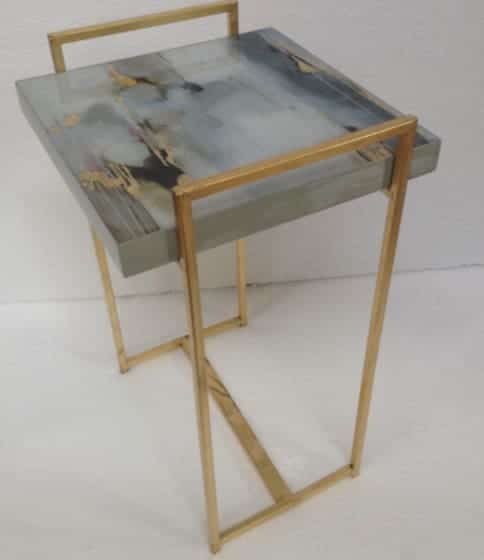
The resin is then processed and purified, after which it is often colored with natural pigments such as cinnabar (red) and iron oxide (black). Other materials like gold and silver leaf, eggshell, and mother of pearl can also be incorporated, enhancing the visual appeal and adding layers of depth and texture to the lacquerware.
Vietnamese lacquer is unique because it is water resistant, making it highly functional and decorative. When applied, it creates a hard, glossy surface that can withstand harsh conditions while maintaining its rich, vibrant colors and shiny finish.
The Art Of Vietnamese Lacquer
Creating a piece of Vietnamese lacquer art is a labor-intensive process that can take several months to complete. The base material, usually wood, is coated with a layer of lacquer and then sanded and polished. This process is repeated numerous times to achieve a high-quality, deep finish that is the hallmark of Vietnamese lacquer art.
Creating Vietnamese lacquerware is a multi-step process requiring a deep understanding of the materials and their properties. Each piece undergoes a series of procedures, including shaping, sanding, sealing, painting, and polishing.
Often, artists will incorporate detailed imagery, creating intricate scenes or patterns on the lacquerware. Each artwork tells a story, making them unique and treasured pieces.
Why Vietnamese Lacquer Is Highly Valued
Vietnamese lacquer is renowned for its resilience and lustrous sheen, but it also holds a more profound cultural significance. It reflects the country’s history, traditions, and the local artisans’ painstaking craftsmanship.

Each lacquer piece, whether a simple bowl or a complex piece of art, is a testament to the patience and skill of the artisan. It is not just a protective coating or a decorative element but a form of artistic expression and a link to a rich cultural heritage.
Moreover, Vietnamese lacquer is eco-friendly. The materials used are all-natural, making them sustainable in the modern, environmentally conscious world.
In recent years, Vietnamese lacquer art has gained international recognition. Artists are experimenting with modern designs, thus appealing to a broader global audience. Despite these contemporary innovations, the traditional techniques are preserved, creating a harmonious blend of old and new.
The beauty of Vietnamese lacquer lies in its unique properties, intricate craftsmanship, and rich cultural significance. It is a blend of practicality and artistry, making it a genuinely extraordinary material in the finishes world.
We manufacture lacquer products in Vietnam if you want to see how Mondoro can help you with your lacquer needs. Please get in touch with us to find out more.
At Mondoro, we would love to help you decide which finish would be best for manufacturing your home decor and furniture product.
Find out more about how Mondoro can help you create, develop, and manufacture excellent home decor and home furniture products – including lacquer home decor and furniture. Don’t hesitate to contact me, Anita. Check out my email by clicking here or become a part of our community and join our newsletter by clicking here.
Mondoro gives out a FREE Lookbook to anyone interested. You can receive a copy of our latest Lookbook by clicking here.
Listen to our Podcast called Global Trade Gal. You can find it on all major podcast platforms. Try out listening to one of our podcasts by clicking here.
Subscribe to our Mondoro Company Limited YouTube Channel filled with great videos and information by clicking here.
Related Content
Lacquerware And Mother Of Pearl – 10 Reasons We Love Them!
We love lacquerware and mother-of-pearl products. Lacquerware and mother of pearl are high-quality handmade products that can produce a variety of finishes and techniques in various shapes and sizes. You can use the materials for all kinds of home decor and home furniture products.
You can discover more by reading Lacquerware And Mother Of Pearl – 10 Reasons We Love Them! by clicking here.
The Pros And Cons Of Lacquer Vs. Enamel Finishes
Lacquer and enamel are popular finishes used in various applications, from woodwork and furniture to cars and machinery. While both can provide a glossy finish, they differ in composition, durability, and application.
You can discover more by reading The Pros And Cons Of Lacquer Vs. Enamel Finishes by clicking here.
About Vietnamese Lacquer Furniture And Accessories
Vietnamese lacquer requires many manufacturing steps in the lacquer production process, including making the base, preparing the lacquer base to be applied, and finally, using the lacquer paint on the surface. Every piece must be carefully sanded to give it a very smooth surface. Vietnamese lacquerware production requires a lot of skill and knowledge.
To learn more, you can read About Vietnamese Lacquer Furniture And Accessories by clicking here.

